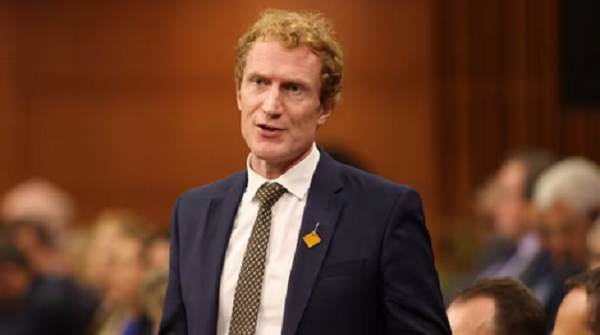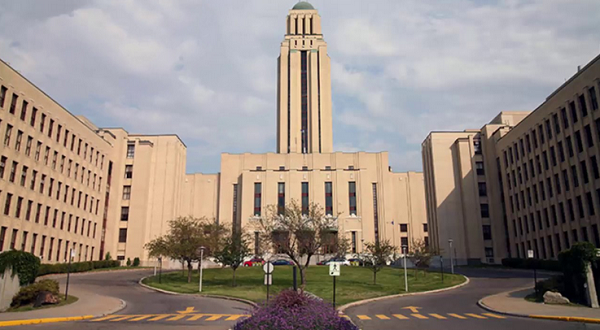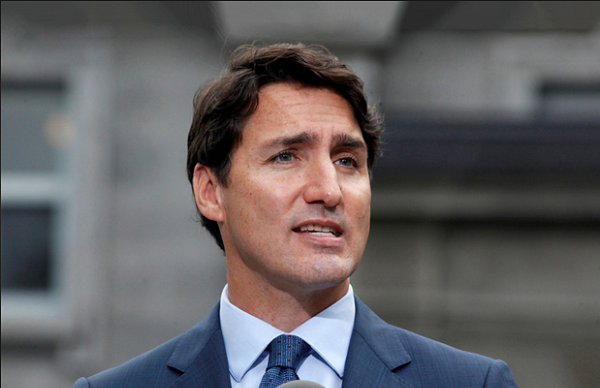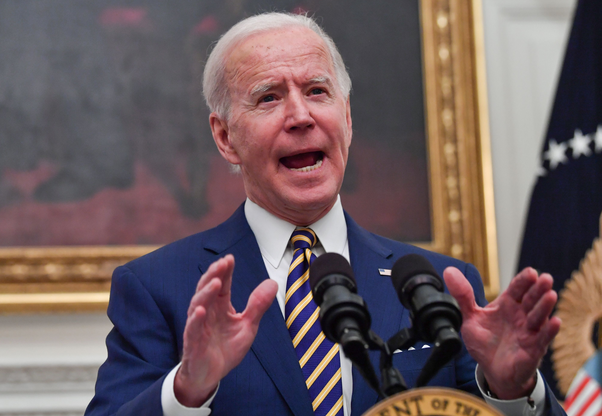Canada plan to set temporary resident targets for the first time this fall
For the first time, Canada will set a “soft cap” on the number of new temporary resident arrivals to the country when it sets its immigration levels plan in the fall, Immigration Minister Marc Miller announced Thursday.
The announcement is the latest in a series of steps Miller has taken in recent months to rein in rampant population growth.
The federal government plans to decrease the number of temporary residents to five per cent of the population over the next three years, down from the current 6.2 per cent.
The first targets will be set in September.
Canada has seen a sharp increase in the number of temporary residents coming in each year, with Miller saying in the past that the country has become “addicted” to temporary workers.
“Changes are needed to make the system more efficient and more sustainable,” Miller told a news conference.
“There should be an honest conversation about what the rise in international migration means for Canada as we plan ahead,” he added.
Canada’s population grew by more than 430,000 during the third quarter of 2023, marking the fastest pace of population growth in any quarter since 1957. Nearly three-quarters of that growth was driven by non-permanent residents.
The number of temporary residents in Canada spiked due to higher international student enrolments at post-secondary institutions as well increased use of temporary worker programs.
The federal government loosened temporary foreign worker rules during the pandemic to help businesses fill positions amid record-high job vacancies.
Canada has also brought in significant numbers of migrants in response to humanitarian crises, including nearly 300,000 Ukrainians fleeing the Russian invasion.
Economists have raised concerns about the increase in migrant workers in recent years, warning that the federal programs discourage employers from innovating by offering up cheap labour.
Miller already slashed the number of new international student visas by more than one-third earlier this year.
He also instituted a temporary cap to address housing pressures and problems in the student visa system that have allowed some bad actors to take advantage of high international student tuition while providing a poor education.
Miller said he’ll convene a meeting of provincial, territorial and federal ministers in May to talk about how the levels should be set.
“Provinces and territories know their unique labour needs and capacity and need to assume responsibility for the people that they bring in as well.”
Miller has also asked his department to review existing programs that bring in temporary workers so as to better align them with labour needs and weed out abuse in the system.
The government is also moving to reduce the number of workers entering Canada in certain sectors as of May 1.
Employment Minister Randy Boissonnault said businesses that are currently allowed to have up to 30 per cent of their workforce come through the temporary foreign worker program will have that proportion drop to 20 per cent.
The health care and construction sectors will be exempted from the change.
The government is also requiring employers to consider asylum seekers with valid work permits for open jobs before they can apply for temporary foreign workers, Boissonnault said.
The announcement signals a shift in the federal government’s policy on temporary foreign worker programs, said Mikal Skuterud, an economics professor at the University of Waterloo.
“My sense is that’s what this press conference was to send a message to people … that ‘we’re changing our tune a little bit on this. We’re shifting in a different direction now the emphasis about not growing this program but reducing the size of it,'” Skuterud said.
The academic, who specializes in immigration policy, has long called for reforms to the temporary foreign worker programs.
He said one way the federal government can rein things in is by raising the price a business has to pay to apply for a labour market impact assessment.
The federal government currently charges employers $1,000 per requested position
“If you want to reduce the demand for these temporary foreign workers, that price needs to increase,” he said.
Last fall, Miller announced he would level out the number of new permanent residents to Canada in 2026 in reaction to a crunch on housing and other services.
This article was first reported by The Canadian Press












